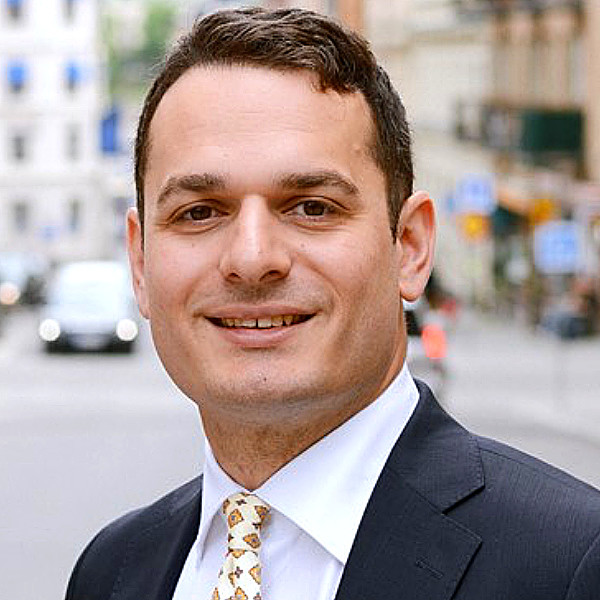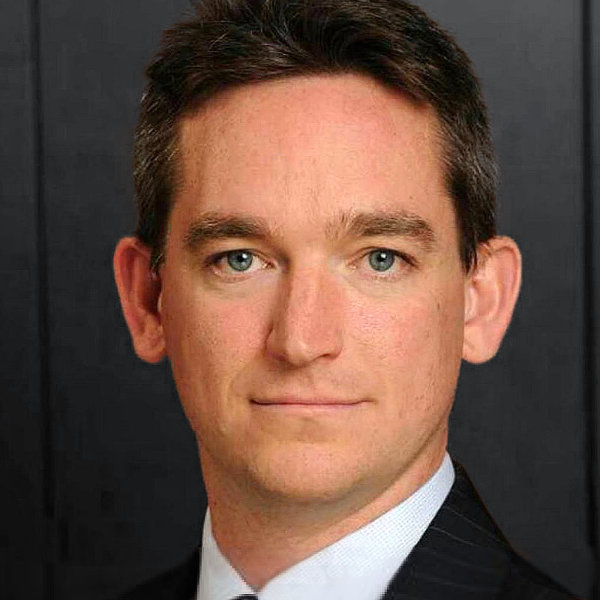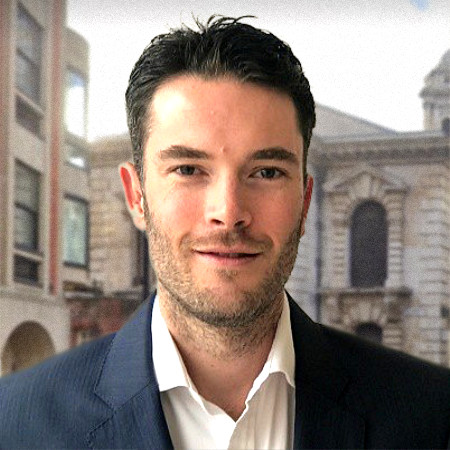Real-money asset managers are finding that Cboe’s cash-settled corporate bond index futures – IBHY and IBIG futures – allow them to track ETFs in a futures wrapper with greater access to leverage.
Liquidity in Cboe’s IBHY and IBIG futures track the liquidity of the highly popular iShares iBoxx $ High Yield Corporate Bond (HYG) ETF and iShares iBoxx $ Investment Grade Corporate Bond (LQD) ETF, without directly tracking those securities. As a result, buy-side traders can use these futures when ETFs might be outside of a fund’s mandate to hedge portfolios, add leverage, short a position or manage duration. The DESK asked Cboe Global Markets’ Michael Mollet, vice president and head of futures and David Litchfield, director for derivatives sales, as well as *Atlant Fonder AB’s portfolio manager, Nikos Georgelis and **Florin Court Capital’s head of trading, Alex Smyth, to explain how these tools are helping investors and why their success does not always appear on a screen.
What was the use case for creating these products?

Michael Mollet: Cboe developed IBHY and IBIG futures after looking across the landscape and observing that futures related to the highly liquid HYG and LQD ETFs had not been issued. We had a relationship with IHS Markit and discussed licencing the underlying indexes for these ETFs to create futures.
At that time, IHS Markit was already having conversations with BlackRock about the limits some buy-side clients had on accessing the ETFs due to mandate restrictions. These clients were eligible to trade fixed income but not securities more widely, which gave BlackRock an interest in the development of futures.
Working with BlackRock and IHS Markit, we ultimately came up with an index structure that effectively mirrors the holdings of the HYG and LQD ETFs, so that the user is not trading a security future on the ETF. In referencing a cash index, rather than the ETFs directly, it makes the futures eligible for a broader range of mandates than it otherwise would. In Europe, managers of funds with a UCITS wrapper are typically restricted in investing in non-UCITS funds, including 1940 Act ETFs, and the compliance read-through was that investment in a future on such a fund would create the same issue.
We recognised that a futures instrument allowed these clients access to trade credit in a manner they previously could not. The most significant of which are the CTAs who were locked out completely. As we had more conversations with clients, more and more use cases came out. For example insurance clients could use this for cash management as they take premiums early in the month but cannot fully deploy them in cash bonds and would instead park the cash in a US Treasury. However, that creates a benchmark imbalance right off the bat. On the other hand, the futures product allows them to park the cash in an investment grade or high yield instrument, pick up a few basis points over the course of the year, and that improves tracking error. Ultimately, the more clients we met, the more value we could see for them using the futures product.
It has been a process to reach a point where we have enough liquidity to touch on screen, but these futures are effectively as liquid as the ETFs. As long as market-makers have the liquidity needed to hedge in HYG and LQD, the users get that done in the futures market. That understanding has driven participation in the product.
Nikos, how do your funds use the futures?

Nikos Georgelis: All our funds invest in corporate debt to some degree and the bulk of our capital is regulated under UCITS. What all our funds have in common though is that we want to be an opportunistic buyer in stressed markets.
We use the futures primarily because they offer much larger liquidity than what is available in Scandinavian credit markets. We manage UCITS funds and since they offer allocation towards a financial index we are not stopped by any 10% maximum exposure rule.
The key for us is that the iBoxx futures offer us an extremely capital-efficient and highly liquid way to add or remove exposure towards corporate debt.
If the futures reflect the ETFs’ liquidity, but the ETFs are not directly underlying, is that liquidity always visible on screen?

David Litchfield: Not always, because like an ETF where new units can be created, liquidity is linked to that of the underlying. It is not fixed and discrete like a closed-ended fund. For a trader, who might usually think about liquidity by looking at average daily volume (ADV) and work out the viable trade size on the back of that, say 10% of ADV, this requires them to think about liquidity differently. For example, you could trade US$150m in a day even if the ADV was US$150m.
Alex, as one of the first quant funds to trade the futures, how do you see liquidity?

Alex Smyth: We had been monitoring liquidity in IBHY and IBIG for a while. The return on margin is very favourable compared with ETFs. We were just waiting for liquidity to be strong enough for our activity. We prefer to trade using screen liquidity, and since we started trading we have been very happy with the liquidity we get through the order books in both IBHY and IBIG. We have also seen this get deeper and more robust as the product grows. We are happy to be one of the first funds trading these instruments.
What should traders know about iBoxx?
David Litchfield: The futures wrapper is extremely appealing to a broad base of clients, from asset owners and credit funds to CTAs and high-net-worth investors. Their value is in both shorter- and longer-term use. These are mainstream products that are typically allowed in most mandates and can be used by institutional players at institutional size.
One of the biggest catalysts currently driving increased adoption of these futures is the implementation of phase 5 of the uncleared margin rules (UMR), which took effect in September. As a result, clients are looking to move out of swaps and into exchange-traded and centrally cleared products. Managers might be able to use ETFs but they are typically fully funded. They can get much greater leverage out of the futures. Futures are also mechanically easier to use to go short, compared to sourcing the units of an ETF and short-selling.
Investment managers are looking at derivatives that are leveraged; there are total return swaps, which have uncleared margin rules and fewer dealers pricing. The well-established product that everyone goes to is CDX.HY and CDX.IG, which are typically used because they have been around for a while and are liquid – not necessarily because they are the right or fit for purpose. For example, CDX.HY and CDX.IG have the credit component but not the duration risk. There is a narrow basket of 125 names for investment grade (IG) and 100 names for high yield (HY), versus approximately 2,400 single name bonds that the futures reference in IG, with approximately 1,300 in HY.
What is the level and mix of liquidity in the market?
David Litchfield: The total notional value traded was US$11.7bn IBHY and US$7.9bn IBIG in 2Q21, following the launch of our market-making programme in March 2020 for IBHY and July 2020 for IBIG. We have a number of trend-following CTAs in there, which adds to the client mix. Opening the asset class up to a new group of users means a much more diverse pool of liquidity. They will have a very different view on, for example, an end to the Federal Reserve’s tapering. If we see another taper tantrum, there might be opportunistic buyers to meet the sellers. A mix of fast and real money, fundamental, quant, strategic and tactical views means end investors will be trading with each other and not just a one-way market for which the banks and market makers will have to supply liquidity.
Michael Mollet: We’re very excited to see banks expressing interest in the products now, as well. As that grows, it will have a material impact on market volume and subsequently market liquidity.
Are you seeing both long and short positions?
Michael Mollet: Yes, having a future that can be used to hedge an IG and HY book by shorting is very useful for a traditional asset manager. HYG can be hard to borrow, so the futures product is a great instrument to use for going short, as well as long.
*Atlant Fonder AB is a Swedish investment management company serving customers in Sweden. **Florin Court Capital is a diversified systematic asset manager, and part of Brummer & Partners.
©Markets Media Europe 2025























